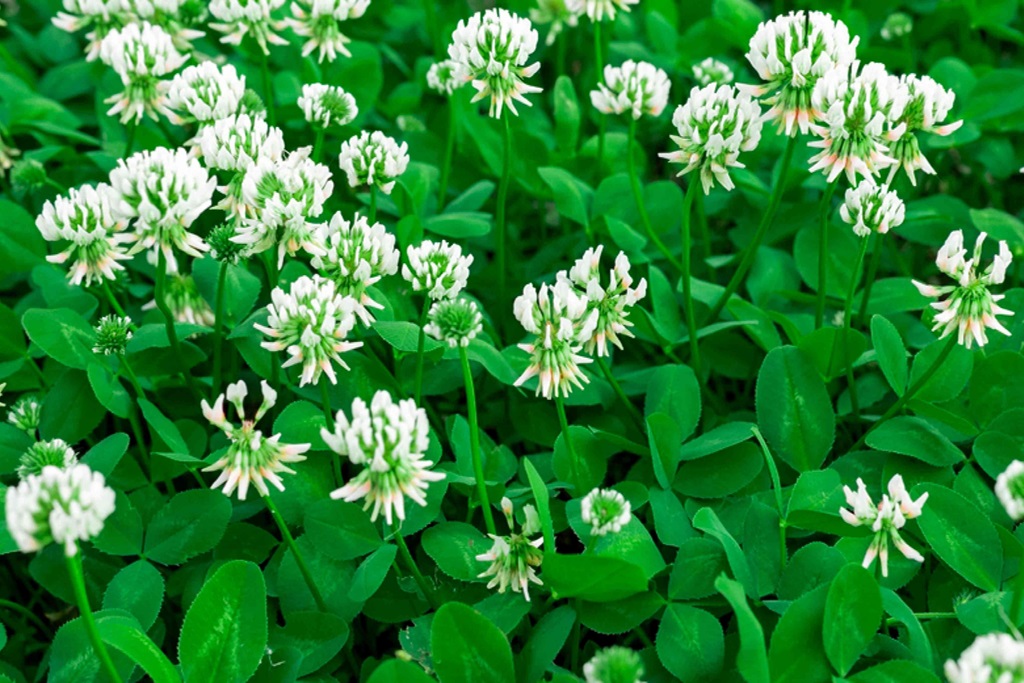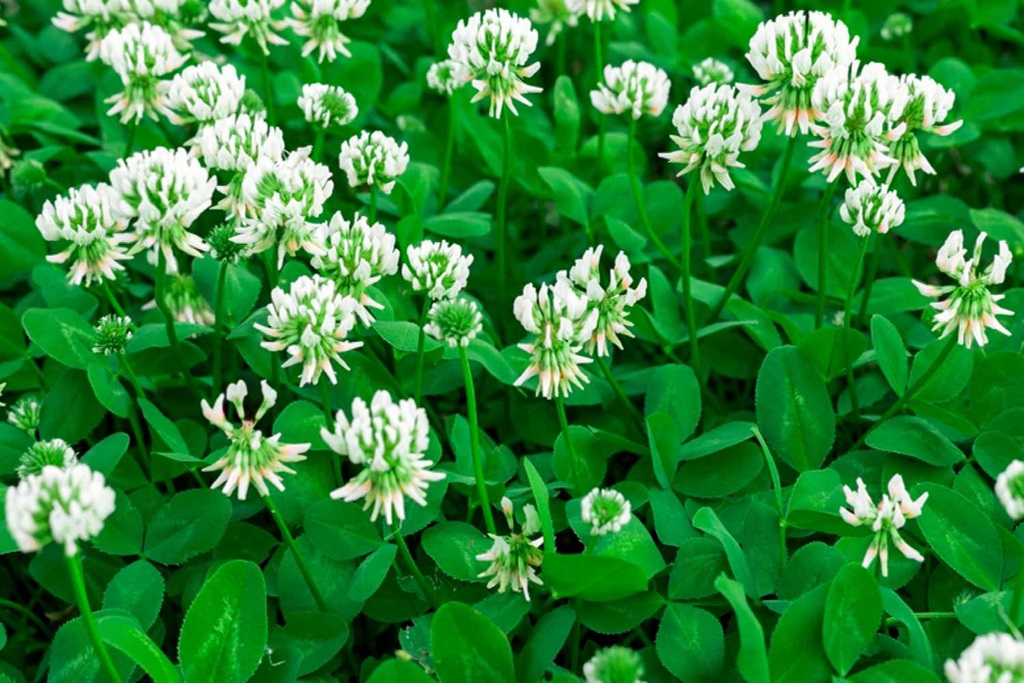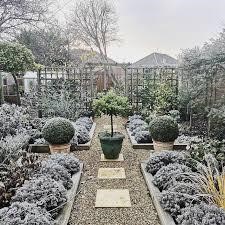
Clover is a common plant that can often be found growing in lawns, fields, and many other spaces. Its rounded leaves and clusters of flowers are familiar sights. But when it comes to cultivation, many gardeners wonder—does clover grow in shade?
The answer is not quite as simple as a yes or no. This versatile plant can grow in a range of light conditions. However, both full sunlight and deep shade should be avoided for optimal clover growth. The keys to success are understanding the needs of specific clover varieties and choosing sites with appropriate sunlight access.
What Type of Light Does Clover Need?
Most clover varieties grow best with plenty of bright, indirect light. While they appreciate some sunlight, especially in the spring and fall, the height of summer can bring too much intense light and heat. Sites that receive morning sun followed by afternoon shade tend to produce healthy clover plants.
Full shade all day long can result in sparse, weakly flowering clover patches. On the other hand, clover planted in wide open spaces under blazing midday and afternoon sun may be prone to drought stress and photoinhibition, which slows growth. Light shade, or partial sunshine filtering through trees and shrubs, hits the Goldilocks “just right” balance for clover.
Variations Among Clover Species
The most common lawn clovers come from two main species groups:
Trifolium repens: This white or Dutch clover has whitish flowers and grows as perennial groundcover. Many types of T. repens tolerate partial shade fairly well.
Trifolium pratense: Red clovers have pinkish blossoms and deeper root systems. Some cultivars tolerate shade while others prefer more sun.
Let’s take a closer look at key factors affecting the light requirements of specific clover types:
White Clover Light Needs

Common white clover adapts readily to a range of conditions. It flourishes even in thin shade and handles up to 50% shade cover once established. For quicker establishment and maximum flowering, plant white clover in an area receiving at least a half day of sun.
Dutch white clover possesses excellent shade tolerance. Breeders have selected shade-loving varieties like Paradana and Pipolina that thrive with just 20-30% of full sunlight. These spread rapidly under trees and shrubs.
Strawberry clover is a white clover cultivar bearing flowers that resemble strawberries. It prefers partial shade but needs several hours of sun for respectable coverage and blooms.
Red Clover Light Requirements
Medium red clover grows well in light shade. Tamara, a Canadian variety, adapts to cooler climates and filtered light. Common types such as Kenland also tolerate partial shade when summers are hot.
Crimson clover and rose clover have superior shade tolerance compared to other red clovers. They grow densely with shelter from extreme midday light and heat. Shelter from wind helps them spread in moderate shade.
Other Factors Impacting Light Needs
Soil quality plays a major role in clover’s ability to flourish in shade. Loamy, compost-enriched soil with consistent moisture allows all clover types to spread in light to medium shade. Lean or sandy soils may struggle to support clover without enough hours of direct sunlight.
Climate considerations are also key. Clover thrives in zones 3-10, spanning a wide range of temperatures from frosty to scorching. But varieties bred for warmer zones often need protection from intense southern sunshine. Meanwhile, northern cultivars tolerate cold better than heat and light shortage.
Where Should I Plant Clover for Partially Shady Sites?

Here are prime spots in your landscape to introduce clover to take advantage of dappled sunlight and shelter:
- Under or between mature trees and shrubs
- Near structures providing afternoon shade
- Below lightly leafy plants like tall grasses
- Areas that receive morning rather than afternoon sun
- Within planting beds bordered by trees or walls
What About Dense Shade?
While most clovers need several hours of sunshine for reliable growth, a few varieties can cope with dense shade. Ivory clover (Trifolium ochroleucon) handles deep shade under conifers in forested northwest regions. Carolina red clover (Trifolium carolinianum) also grows in heavily shaded woodland areas in the eastern U.S.
These plants survive but don’t thrive in dark locations. Growth is weaker with less vigor, coverage, and flowers. For best fill-in, plant very shade-tolerant clovers densely to compensate for etiolation. Combining clover with other adaptive shade plants like hostas, coral bells, and carex provides layered texture.
Maximizing Growth in Partially Shaded Sites
When planting clover in thin to medium shade, give it the best chance of success by:
- Selecting partially shade-loving varieties suitable for your climate zone
- Amending soil properly with compost to retain moisture and nutrients
- Maintaining consistent soil moisture to prevent drought stress
- Suppressing weeds until clover establishes
- Allowing adaptive plants like white and crimson clover to self-seed for natural expansion
- Overseeding bare patches to fill in slowly under shade
- Providing supplemental early morning or late afternoon sun if possible
- Sheltering plants from relentless wind along with harsh sunlight
- Mulching around plants to conserve moisture and reduce competition
Clover: An All-Purpose Shade-Tolerant Plant

As a legume, clover brings free nitrogen from the air into root nodules, enriching soil over time. Once established, its resilience helps crowd out weeds. Bees flock to clover’s nectar-rich blossoms through spring and summer. And livestock find pasture mixed with shade-tolerant clover varieties more palatable thanks to higher protein content.
Whether scattered through thin woodlands, beneath mature trees, or shading backyard sheds, clover’s ability to grow in shade makes it perfect for adding living mulch groundcover to low-light areas. Blending shade-adapted varieties with partial sun access optimizes growth and flowering for versatile spaces.
Conclusion
Does clover grow in shade? Select varieties certainly do! But most clovers grow best with about half a day of bright filtered sunlight and half a day of shade. Seeking out sites that offer this mix of sun and shelter from summer’s relentless rays allows clover to thrive. Matching the right cultivar to your conditions optimizes success in partial shade. With proper plant choices and preparation, clover becomes a versatile living mulch and nourishing groundcover, even in thinned woodlands and heavily canopied yards.
FAQs
What type of clover grows best in shade?
Dutch and microclovers tolerate shade extremely well. Strawberry clover and white clover also grow reasonably well in partial shade. For denser shades, ivory and Carolina red clover adapt better than other types.
How much sunlight does Clover need daily?
Most clovers need 4-6 hours of sun for respectable growth and blooms. The more shade-tolerant the variety, the less light it requires. Ivory clover survives with as little as 1-2 hours of dappled sun under dense trees.
Will clover grow under pine trees?
The moderate shade of mature pines suits shade-loving white clover very well. It tolerates pine needles better than grass. Areas under evergreens often lack turfgrass but clover grows freely once established.
Should I plant clover seeds or cuttings in the shade?
Seeding is more practical for larger shaded areas. Start seeds in spring or fall when soil stays above 50 degrees Fahrenheit. For targeted patches around landscapes, plant cuttings from an existing clover clump. This ensures shade-adapted genetics.
What plants complement clover in partial shade?
Under trees or lattice with dappled light, pair clover with shade perennials like astilbe, coral bells, hostas, wild ginger, and lenten roses. It also blends well with ornamental grasses, creeping thyme, sweet woodruff, and lamium.





